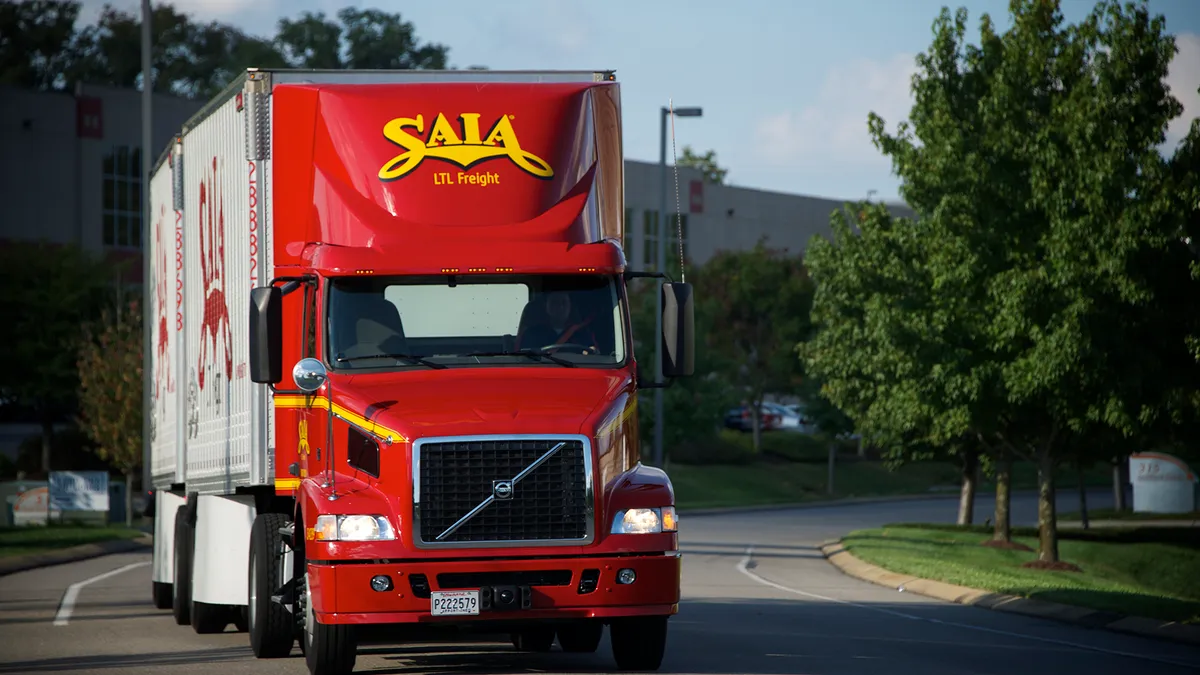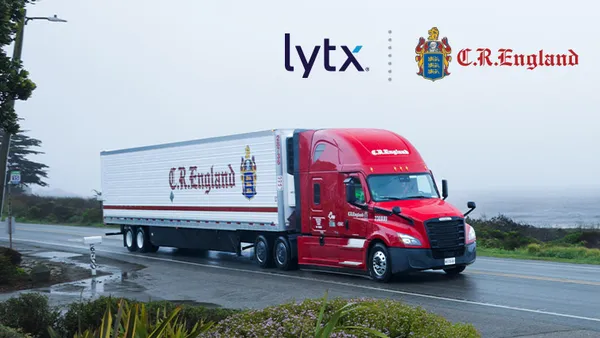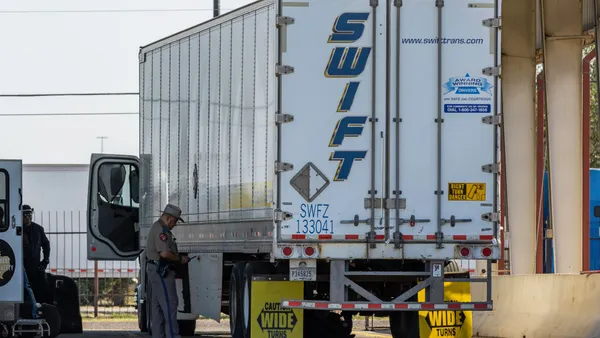As trucking fleets look to cut costs, four major LTL carriers told investors they are scrutinizing their outsourcing practices for savings opportunities.
Purchased transportation can include a variety of costs, from equipment to third-party linehaul services. But those costs can quickly balloon, and several executives said in August they would instead tap in-house employee bases or production lines to reap long-term savings.
Old Dominion Freight Line, Saia, Yellow Corp. and XPO Logistics each have a slightly different approach, though. Here’s a roundup of their comments on the topic during Q2 earnings calls.
Old Dominion
Old Dominion aims for a fully in-house linehaul operation, CFO Adam Satterfield said during a Q2 earnings call.
While it has slowed the hiring spree that grew the company by 6,000 employees since Q3 2020, its larger workforce has helped cut down on third-party linehauls.
“We believe this is one of many key factors creating the service advantage we have in our industry, all of which comes back to helping us win long-term market share,” Satterfield said.
Saia
Some amount of purchased transportation, which carriers turn to when freight demand outstrips their existing fleets’ capacity, is inevitable, Saia Executive Vice President and CFO Doug Col told the company’s investors.
“Our view is there’s always going to be some of it, just based on balance in the network and headhaul versus backhaul,” Col said.
Saia has improved its staffing, which Col said will play a role in bringing more purchased transportation in-house in the coming quarters, and the carrier can adjust its use of third-party linehauls “on a daily or weekly basis.”
“Our driver pool is up,” he said. “We’re able to handle more of those linehaul runs internally. And I do think there’s an opportunity over the next quarter or two to start reducing some of the [purchased transportation] miles and bringing those in-house, just based on staffing.”
Yellow
Yellow’s efforts to limit purchased transportation costs are part of its “One Yellow” transformation into a super-regional carrier. Its plans include integrating the linehaul network and its pickup and delivery options to reduce redundancies in the west this summer, President and COO Darrel Harris said during a Q2 earnings call.
“Our strategy includes mitigating incremental purchased transportation expense,” CEO Darren Hawkins said during the call. The strategy is paying off, Hawkins said.
“As a percentage of revenue, [purchased transportation costs] decreased by 150 basis points in the second quarter, compared to a year ago,” he said.
XPO Logistics
Lowering high third-party linehaul costs was a key part of a five-point plan to improve operating ratios XPO Logistics announced last year.
While other carriers highlighted their hiring advancements in helping lower linehaul costs during their Q2 earnings calls, XPO President of Less-than-Truckload Mario Harik noted his company’s investments in domestic equipment production.
The company added a second line at its trailer manufacturing facility in Arkansas in Q2, which had “an immediate impact,” said Harik, who is slated to become the company's next CEO.
“In the second quarter, we produced a record number of trailers for our fleet,” Harik said. “Our target is to manufacture more than 4,700 trailers this year. This will expand our in-house linehaul trailer capacity by over 10% to an all-time high.”













